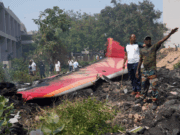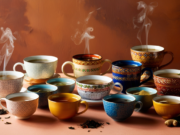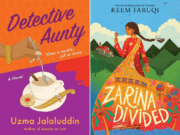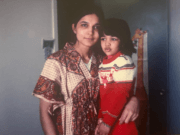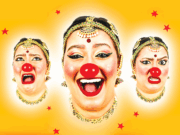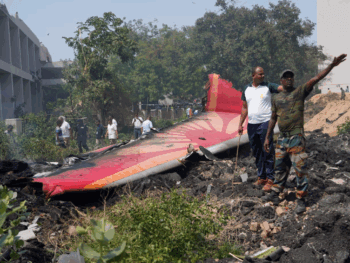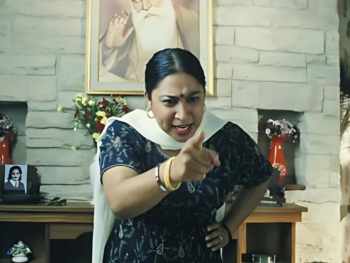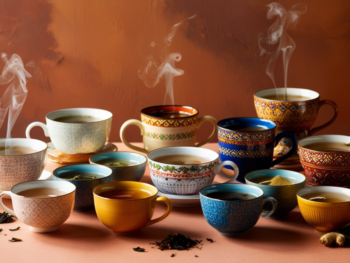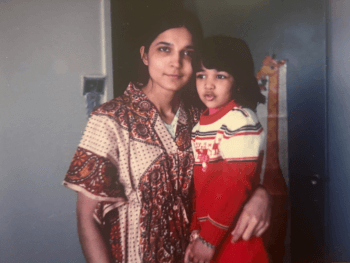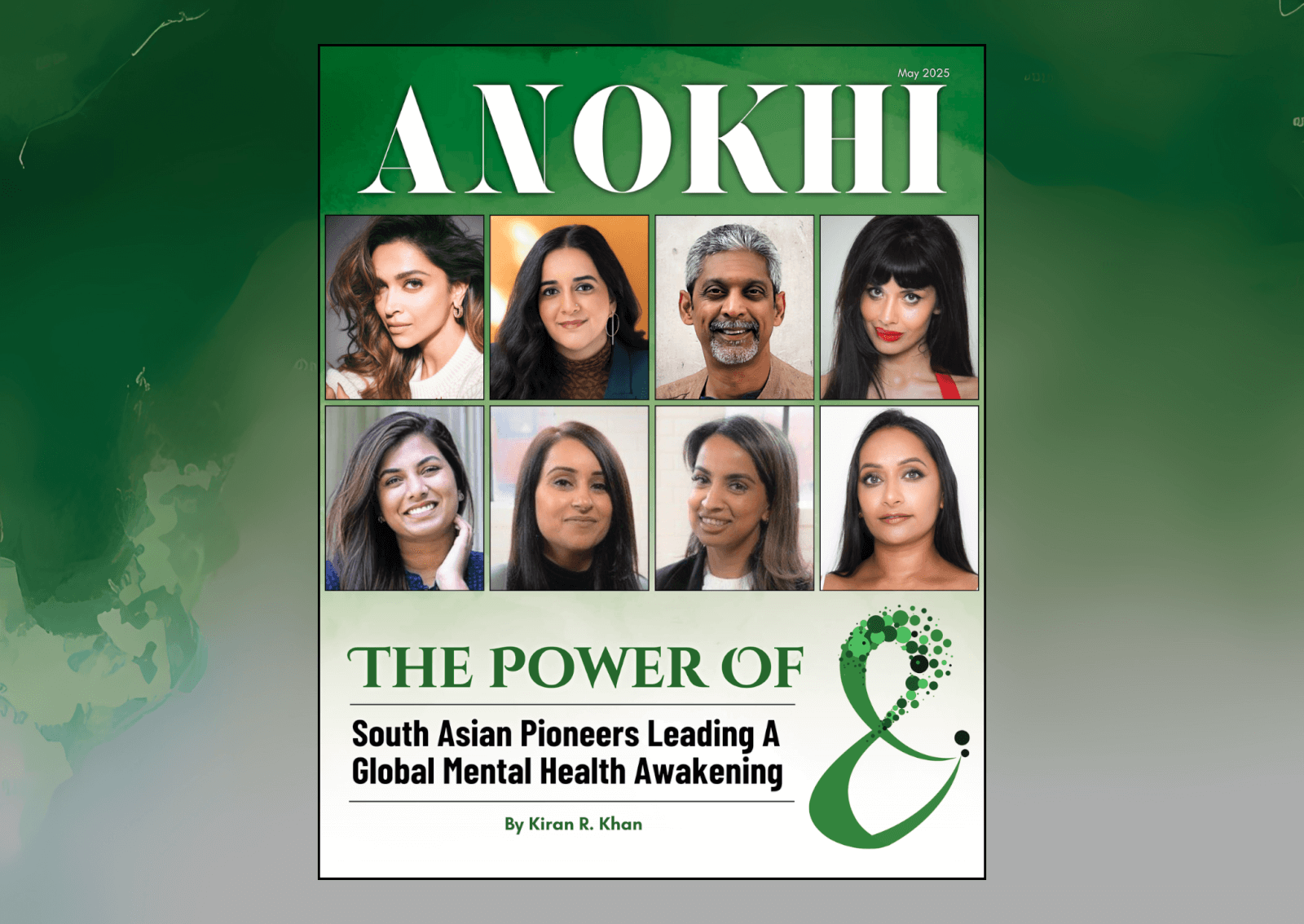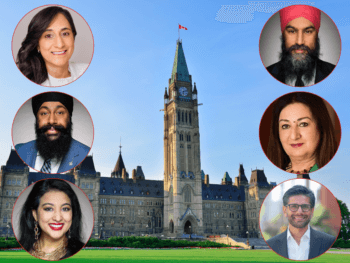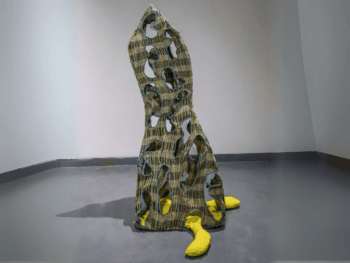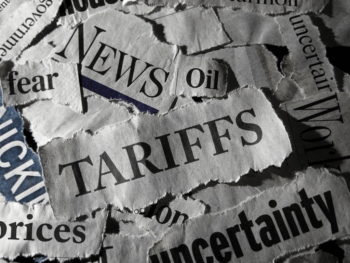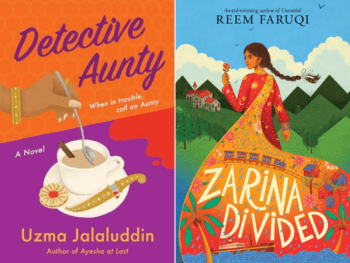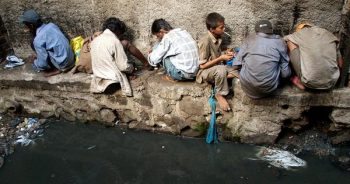
With the recent release of Bollywood movie Udta Punjab India is being forced to see the terrifying truth behind Punjab’s devastating drug epidemic.
The famous poet Rahat Indori once wrote, “Chalte phirte hue mehtaab dikhayenge tumhe, Humse milna kabhi Punjab dikhayenge tumhe," which roughly translates to “I’ll show you a brighter moon someday, I’ll show you my beloved Punjab someday.”
Punjab is a state in India known for producing 70 per cent of India’s cotton. They have coined the term “India’s Bread Basket.” They own the craft of phulkari (flowering) with pride. They bleed bright colours and infuse their intoxicating music and bhangra dance throughout the world. They are the state where public figures such as Rajesh Khanna, Manmohan Singh, Bhagat Singh, Milkha Singh, Kalpana Chawla, and many more important personalities were born, which shaped the deep respectable image Punjab holds today. But Punjab is also known for one more thing, the horrendous drug epidemic sweeping its villages for the past decade.
Today, almost 67 per cent of rural households in Punjab have at least one drug addict in the family. The state consumes over Rs. 7,500 Crore ($75 billion CDN) worth of drugs every year and has approximately 1.23 lakh ($123,000 CDN) dependents of heroin.
This means that the number of addicts in Punjab is four times more than the global average. The Punjab Opioid Dependence Survey conducted by The Society for Promotion of Youth and Masses along with the National Drug Dependence Treatment Center (AIIMS) found that over 230,000 people in the state were drug users.
Opioids are pain-relieving compounds resembling opium. Narcotic drugs that come under this category include heroin, opium and morphine. It also includes locally made narcotics like dodda and phukki, generally regarded as harmless, which are made of plants.
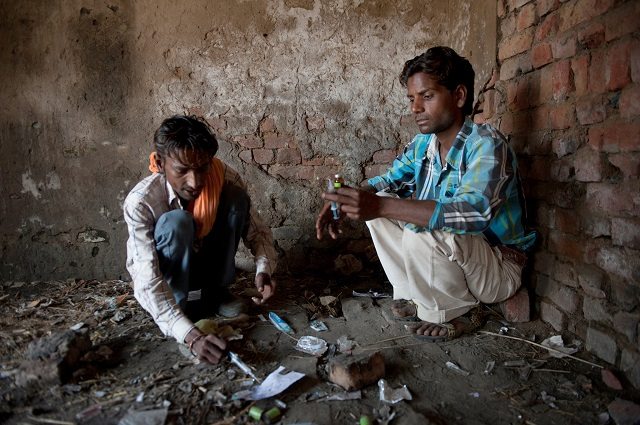
Punjab's staggering drug problem.
Photo Credit: www.nytimes.com
According to the PODS survey, “The profile of a typical drug addict is male, young, Punjabi-speaking and from a lower middle class background. Eighty-three per cent are employed, 89 per cent have attained some level of addiction and 99 per cent live with families.” The survey also shows that 89 per cent of these addicts are literate and educated.
Dr. Atul Ambekar, the main author of the study said, “We must also note that this survey estimates a much higher number of injecting drug users in Punjab (around 75,000) as compared to the existing estimate (under 20,000). Thus there is a clear threat of explosive epidemic of HIV among injecting drug users in Punjab.” This information begs the questions, why Punjab? Why not any other state?
Speculations include many pointing to the border of Pakistan, where Afghan heroin flows abundantly. Yet, Punjab has shared a border with Pakistan for 69 years and the significant drug problem has emerged in the last decade, so where is this problem coming from?
One theory is that Punjab was forced into drugs like heroin and opioids as soon as the government cracked down to reduce this problem. Farmers and farm workers were consuming small amounts of opium every day; it was a concept similar to having a couple of drinks to let loose after work. This daily dose normally cost only Rs. 30 to 40 (about 50 cents), pretty doable for middle class workers. Today, addicts are spending an average of Rs. 1,400 (about $20) a day for drugs.
Opium came from the border of Rajasthan and once the government decided to crack down on the illegal opium intake, the Rajasthan borders were closed in the early 2000s. This caused workers to turn to pharmaceutical drugs in order to retain their fix, which soon became a heroin addiction since it was readily available at the border of Pakistan.
Other causes of the drug epidemic are thought to be related to the green evolution, which has led to a surplus in food. This surplus has left young people with nothing to do as they don’t feel that same urgency to till the land for food. In turn, these youths fall prey to readily available and cheap forms of recreational drugs. Many locals also feel that drugs are being used as a form of narco-terrorism, where groups in bordering countries are deliberately trying to turn the youths of Punjab into addicts.

Photo Credit: www.thequint.com
As the drug problem becomes exponentially bigger every day, the government of Punjab has been seen knocking down Punjab’s drug allegations, as well as trying to discredit the PODS survey. This has been seen through Punjab’s outspoken deputy chief minister, Sukhbir Singh Badal, who is also president of Shiromani Akali Dal (SAD), a Sikhism-centric political party. Badal has released statements that only 0.06 per cent of Punjab’s population were found using opium based drugs, as well as other false statistics, when the PODS survey accurately reports much higher numbers.
Badal has also issued statements against the movie Udta Punjab, a movie based on the drug menace in Punjab. In collaboration, the CBFC (Central Board of Film Certification) asked for 89 cuts for Udta Punjab. They asked to delete words like Punjab, Election, MP, MLA, Parliament, Party, and various curse words. Mumbai high courts squashed the cuts and claimed that CBFC had no right to decide what was right or wrong.

The controversial movie Udta Punjab.
Photo Credit: www.ibtimes.co.in
Due to the fact that Badal is a member of a political party, this raises the newest theory to the drug epidemic which has sources claiming that the heroin trade has become a major source of political funding.
So where does this leave Punjab? Punjab’s narcotic crime rate is nine times the national average with crime increasing by a whopping 245 per cent. The state has just one 10 bed de-addiction center per district with only 12 anti-narcotics officers in 21 districts.
Punjab ranks among the top five states that reported the biggest drug seizures in 2014 and there is a village in Punjab labeled as "The Village of Widows", where in just three years, 30 women were widowed, making the grand total of more than 400 drug related deaths since 1999. “These are dangerous figures,” Dr. Ambekar says. “Our study, in fact, found that 99 per cent of the addicts are male. If one were to consider the survey total by that logic, the figures are double of what they appear”.
Main Photo Image Credit: www.scroll.in
Shilpa Sehgal-Rajput
Author
Shilpa Sehgal-Rajput is a freelance writer based in Chicago. Reminiscing about her passion for writing during her college days, she has made her way back from the corporate world, armed with a lace pen. When she’s not working on humorous short stories and epic novels, she’s living out her se...



